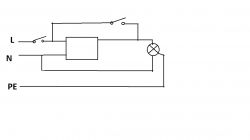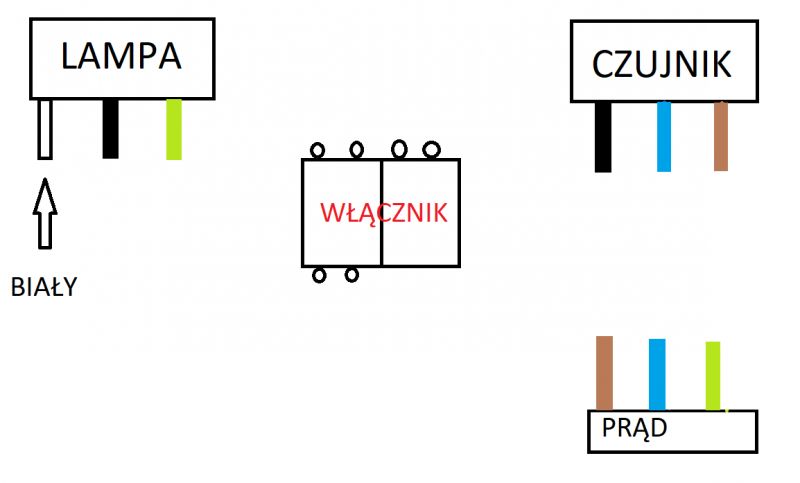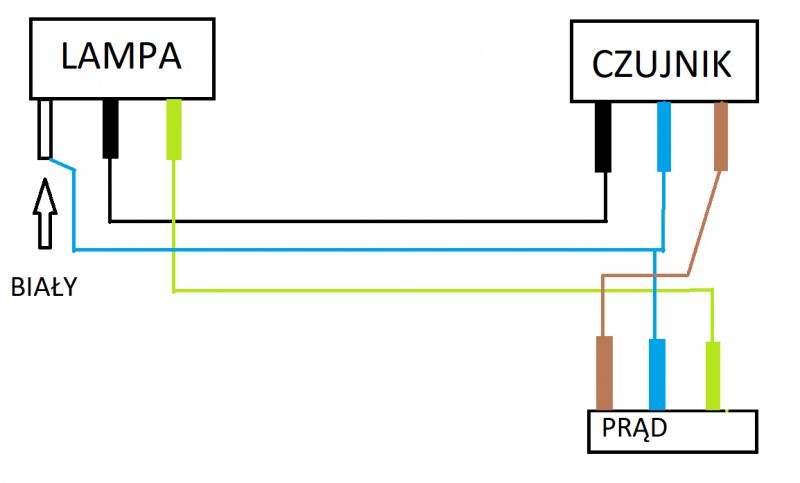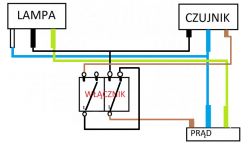Hello,
I would like to connect a halogen with a motion sensor and a two-stage switch so that it works as follows:
1) The lamp is lit continuously by switching on the first button on the switch.
2) The lamp does not light at all (both buttons on the switch are off).
3) The lamp is on for a specified time when the sensor detects movement - this mode is turned on by pressing the second button on the switch.
Do you have an idea how to connect it? It looks like this:
- lamp: white, black, yellow-green wire,
- motion detector: the black wire enters on one side, two brown wires come out and the blue one on the other.
Thank you in advance for your answer,
best regards!
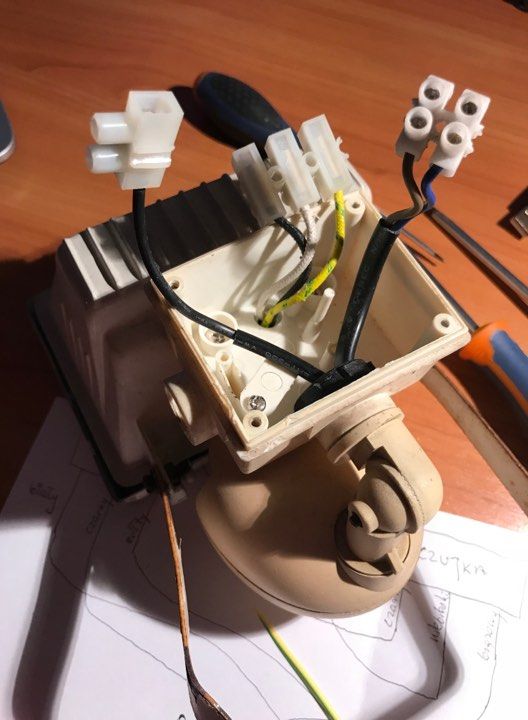
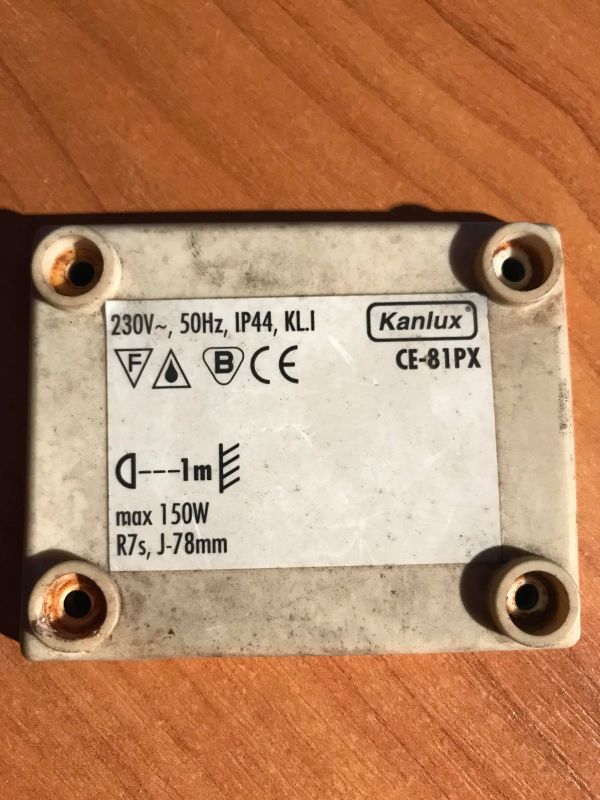
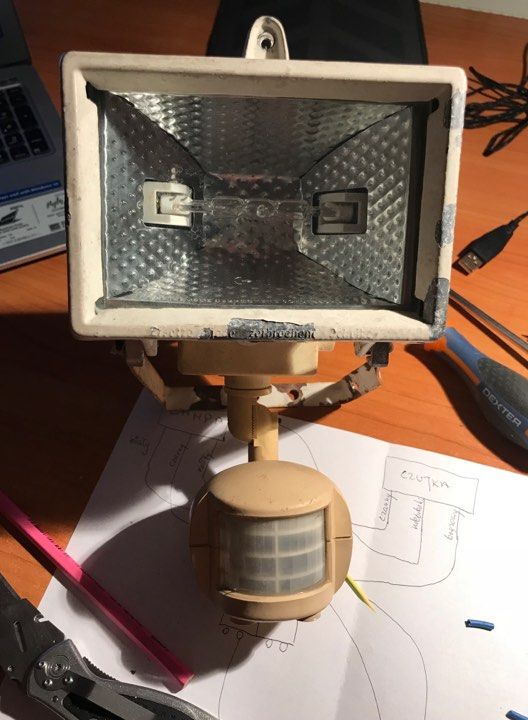
I would like to connect a halogen with a motion sensor and a two-stage switch so that it works as follows:
1) The lamp is lit continuously by switching on the first button on the switch.
2) The lamp does not light at all (both buttons on the switch are off).
3) The lamp is on for a specified time when the sensor detects movement - this mode is turned on by pressing the second button on the switch.
Do you have an idea how to connect it? It looks like this:
- lamp: white, black, yellow-green wire,
- motion detector: the black wire enters on one side, two brown wires come out and the blue one on the other.
Thank you in advance for your answer,
best regards!






